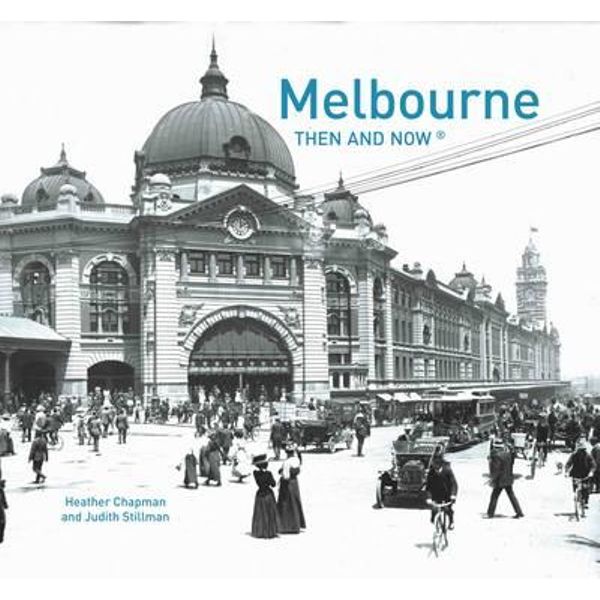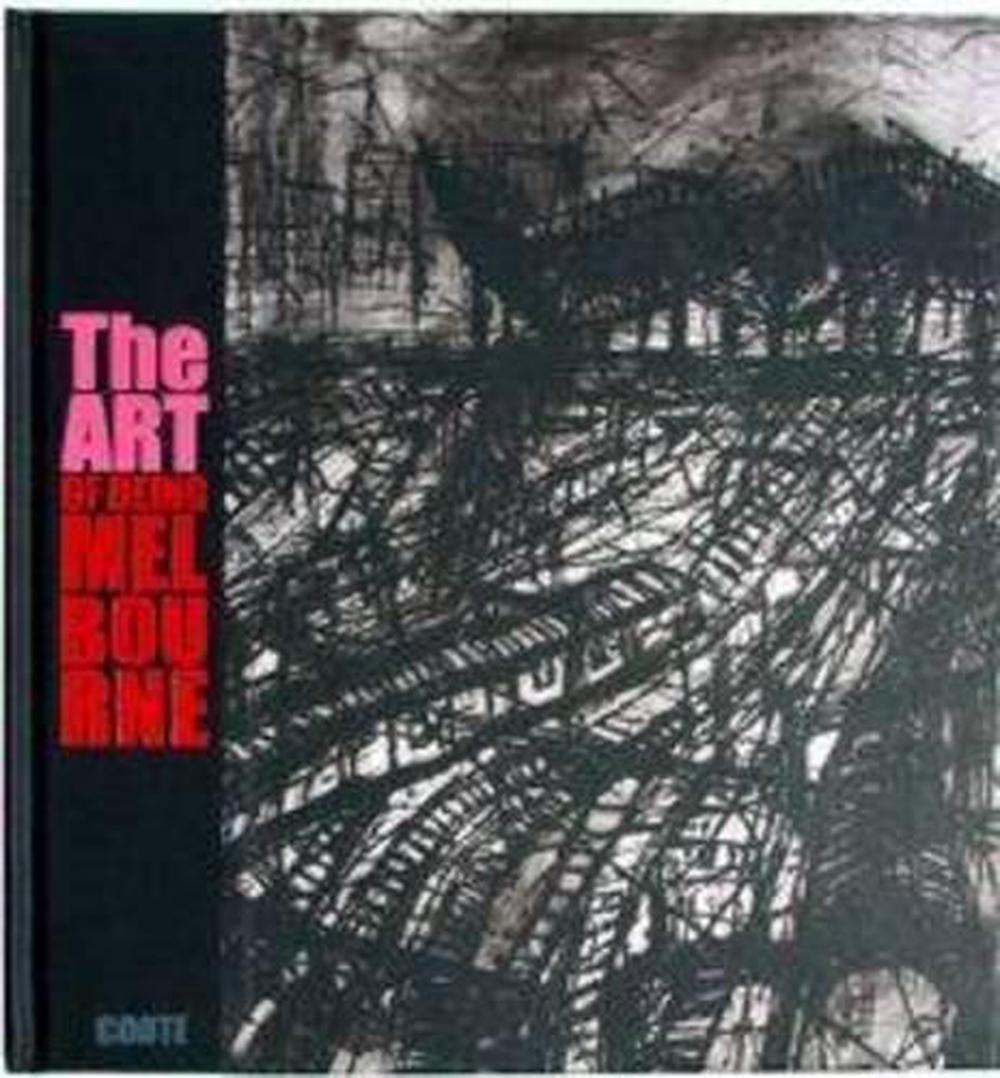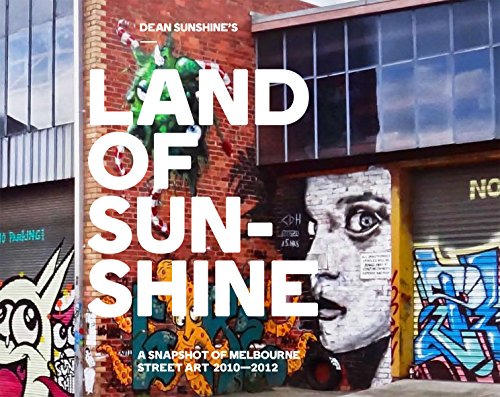

 Melbourne then and now
by
Melbourne then and now
by
 A journey through Melbourne's east
by
A journey through Melbourne's east
by
 The art of being Melbourne
by
The art of being Melbourne
by
 Dean Sunshine's land of sunshine : a snapshot of Melbourne street art 2010-2012
by
Dean Sunshine's land of sunshine : a snapshot of Melbourne street art 2010-2012
by
What makes Melbourne such a liveable city? Watch as Professor Rob Adams, Director of City Design, describes how Melbourne was transformed and more housing made available in the CBD with Project 3000.
In the 1950s and 60s, suburbs like Doncaster East arose to meet the changing needs of Australian citizens and the government. A 'baby boom' and increased immigration contributed to the expansion of Australian cities as more and more people sought to create their own 'Australian Dream' on a quarter-acre suburban block. Architect Robin Boyd critiques this example of 'typical Australian suburbia'.
In the Melbourne suburb of St Kilda, a community garden has sprung up. Just a short walk from a bustling retail precinct, it's a green oasis in an unexpected location, allowing inner city inhabitants to grow their own food without backyards.
Like many Australian cities, Melbourne has been growing rapidly. This clip from 2012 investigates debates about where Melbourne's urban growth should occur. While inner city areas are slowly being redeveloped, the outer suburbs continue to sprawl and their residents battle some serious issues.
This digibook explains how the family home has changed in Australia since WW2, from a quarter-acre block with a large backyard, to the wide variety of housing options available today.
The City of Melbourne's 10-year Affordable Housing Strategy which outlines their commitment to deliver, plan, advocate for and deliver more affordable housing in the City of Melbourne. Provides information on housing shortages in Melbourne, the effects on the community that housing shortage has, and what the City of Melbourne is doing to address the shortage.
The Dunlop Avenue, Ascot Vale project is one of several sites included as part of the Victorian Government’s $185 million Public Housing Renewal Program. The renewal of Dunlop Avenue will see the existing buildings replaced with a mix of public and private homes (including First Home Buyer Housing) that are safe, secure and modern.
Population in Australia's metropolitan areas are increasing at a rapid rate. How might this affect the liveability of a city like Melbourne? What are some of the solutions presented by Director of City Design, Professor Rob Adams?
Find out more about the life and beliefs of people of this faith through the eyes of a Sikh. Watch a 'langar', a community meal, in process at his gurdwara (temple) in Melbourne, Victoria and see the service of others (sewa) being practised there. Immigration is discussed in the later half of the video.
Australia's declining birth rates seem to be threatening its ability to remain economically competitive. What can be done about this? One approach is to increase Australia's population through immigration. Find out about key changes in Australia's population over time. Also discover some of the different views about the contribution that immigration might make to Australia and its future economy.
A study of violence against international students of Melbourne has found about 50 percent think their race or religion put their safety at risk of attack. The Victoria University report finds that large numbers of young foreigners feel unsafe in Melbourne. More than 500 students from Asia took part in the survey. About half said they believed their race or religion made them vulnerable to unprovoked violence.
Talking Difference was a multi-platform online digital media project designed to facilitate dialogue about cultural difference and promote diversity. The project was funded by the VicHealth 'Arts about Us' program which challenged race-based discrimination through the arts. The studio toured Victorian schools and communities from 2010–2016.
Each immigrant has their own unique story to tell. Whilst for many it was difficult, the vast majority eventually found their feet. The immigrant stories in this collection explore why they came, where they settled and how they started a new life in Victoria.
This timeline provides a brief overview of key moments in Victoria's immigration history by highlighting significant policy and social developments, shifts in population and demographics, and the impact of immigration upon Indigenous Australians. As a decade by decade summary, it is a useful starting point for exploring a variety of themes relating to immigration such as policy, immigration schemes, immigration debate, and national identity. Also included are links to relevant collections online, historical images from each period and statistics, illustrating population growth in Australia and Victoria since 1830.
Find details about Melbourne's water storage levels, including rainfall at our catchment areas, flow into our reservoirs, Melbourne's total water use and data for specific reservoirs. You can also access data for the week or a specific day.
A snapshot of the journey water goes on to reach the taps of over 1.87 million residential, commercial and industrial customers across the Melbourne region.
Move through the seven different chapters to learn more about water supply in Melbourne since European settlement.
Get ready to board a Melbourne tram for a journey around the City Circle route! Along the way, the passengers on the tram will highlight some aspects of Melbourne's urban design, both past and present, giving you a real sense of place. Is this the most 'liveable' city in Australia, as many claim, or a city in need of change?
In Australia, especially in cities like Melbourne, there are numerous ways to get around. One way to get around in cities, that is both cost effective and environmentally friendly, is to use public transport.